At the beginning of 2024, BlackRock (NASDAQ: BLK) CEO Larry Fink said that Bitcoin and Ethereum are just “stepping stones” to the tokenization of everything.
When Fink talks, Wall Street listens, and based on the massive increase in projects related to tokenization, the finance fraternity got the memo.
In 2025, BlackRock, JPMorgan (NASDAQ: JPM), and Citi (NASDAQ: C) all have token platforms and services. Unlike other blockchain industry crazes like ICOs and NFTs, this one actually has teeth and has largely escaped the hype cycle.
But why now? And why has tokenization delivered real value, whereas the others fell flat? It’s a combination of things: a better understanding of blockchain technology, regulatory clarity in major financial hubs, and the technology maturing just as paper settlement reaches the end.
What are the Wall Street titans doing?
The biggest banks on Wall Street have all delivered tokenization platforms and services that are live today.
BlackRock’s Aladdin platform is integrating tokenized assets into its portfolio management tools. Fink’s firm also has a tokenized fund, the BlackRock USD Institutional Digital Liquidity Fund (BUIDL), on Ethereum.
JPMorgan has Onyx Digital Assets, offering repo transactions and intraday liquidity on tokenized assets. It also has tokenized money market funds and JPM Coin for institutional settlement.
Citi went live with Citi Token Services in 2024, offering blockchain-based cross-border payments and liquidity management. Citi also offers tokenized trade finance and has proprietary tech to improve interoperability between private and public blockchains.
All of these products and platforms are live and in production today. Assets ranging from treasuries and money market funds to private credit and equity, and even real estate, have already been tokenized.
Expect to see many more such platforms as Wall Street firms position themselves as the gatekeepers of what Boston Consulting Group estimates could be a $16 trillion market by 2030.
Why does Wall Street care about tokenization?
Any market that may grow to $16 trillion in the next five years will grab the attention of the world’s financial center. However, there are other reasons beyond generating fees—tokenization delivers real benefits and solves longstanding problems in finance.
Capital efficiency is one such problem. Longer settlement times, traditionally 1-2 business days after the trade, tie up capital unnecessarily. Even in shorter-term repo trades, inefficient infrastructure and the friction it creates slow things down. Tokenized treasuries, bonds, and other securities reduce settlement times to hours or minutes, increasing capital efficiency, boosting liquidity, and lowering funding costs.
Tokenization is great for balance sheet optimization, too. Moving collateral between jurisdictions and custodians previously took hours or even days, but it can be done in real time in a tokenized world. This is not only more efficient but also reduces the likelihood of unwanted margin calls.
Data and control are big draws, too. In a world where data is the new oil, owning the rails tokenized assets move on is the equivalent of owning the roads and railways the tankers travel on. In the old world, data was fragmented across clearinghouses, custodians, and other intermediaries. Tokenized assets on blockchains allow issuers to see who owns what and what conditions apply. This data is valuable, allowing the big banks to offer tools for compliance, analytics, risk management, and more.
Owning tokenization tools at the bedrock of the new financial system also gives the owners power to influence policies and retain clients. Policymakers have to listen to the guys who own the field the game is being played on, and whereas it was easy enough to move cash and securities between one bank or broker before, it will be much harder to do so in a world where the rails, workflows, and even token standards are unique to each institution.
What Wall Street is still missing
While all of this progress made toward tokenization is immense, there’s still one thing the Wall Street giants haven’t grasped—there will eventually be one global ledger underpinning the entire system. Everything will operate on one protocol, and while private blockchains may exist, they’ll be like intranets compared to the open internet.
If capitalism is indeed a relentless march toward greater efficiency via the incentives inherent in competition, then one ledger to rule them all is inevitable. Having many blockchains with different standards and inserting toll-collecting bridges between them is inefficient. Just as the dozens of competing networks gave way to TCP/IP, all the competing blockchains will give way to one.
Which one? Time will tell, but it will be the most scalable, efficient, low-fee ledger with the most utility. That means, as well as being fast and having tiny fees, it will have native token protocols and smart contracts and be capable of complex transactions such as financial contracts and trades with multiple steps and parties. It will also have to be purpose-built with regulatory compliance in mind.
Right now, the BSV blockchain is winning that race. There’s no telling what the future holds, and the competition in the blockchain space never lets up, but there’s no other ledger capable of one million transactions per second for fees of fractions of a cent, let alone one capable of smart contracts and token issuance.
Watch: Tokenized was built with blood, sweat and tears

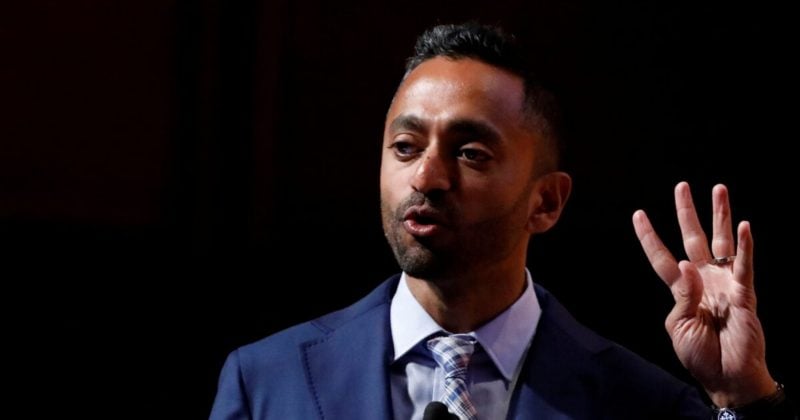






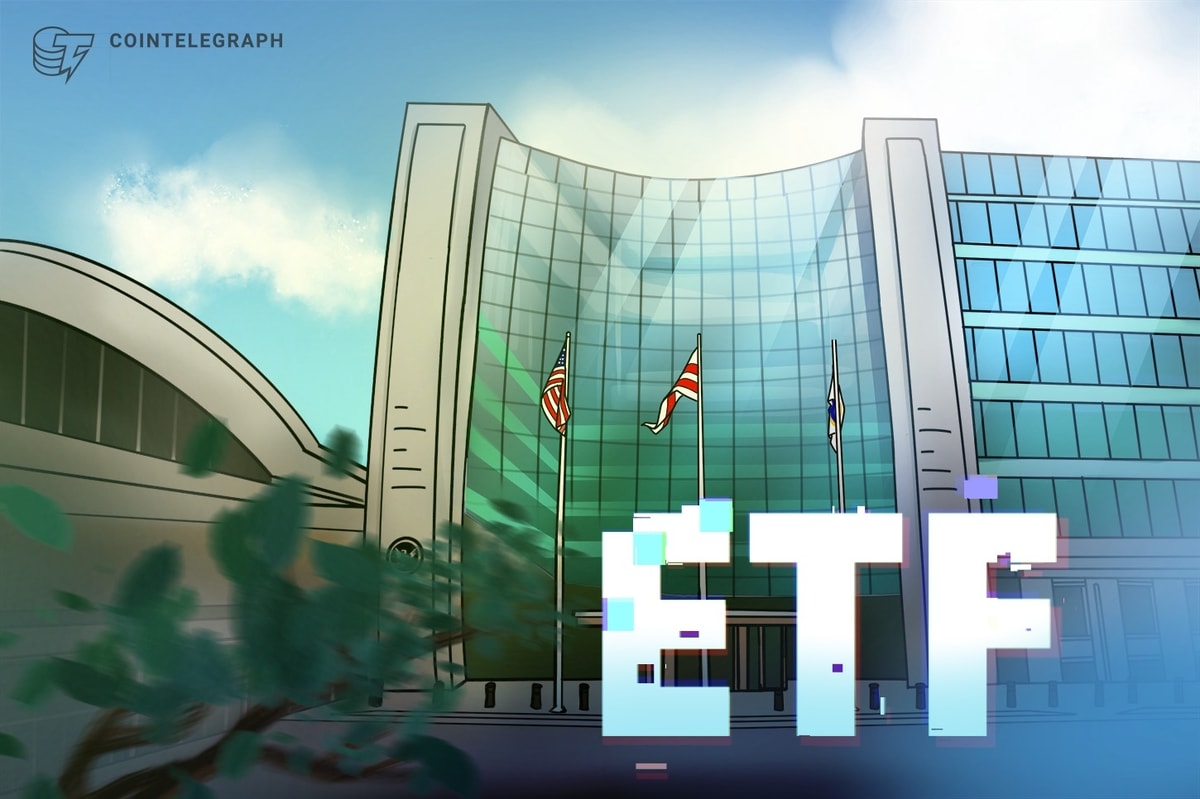

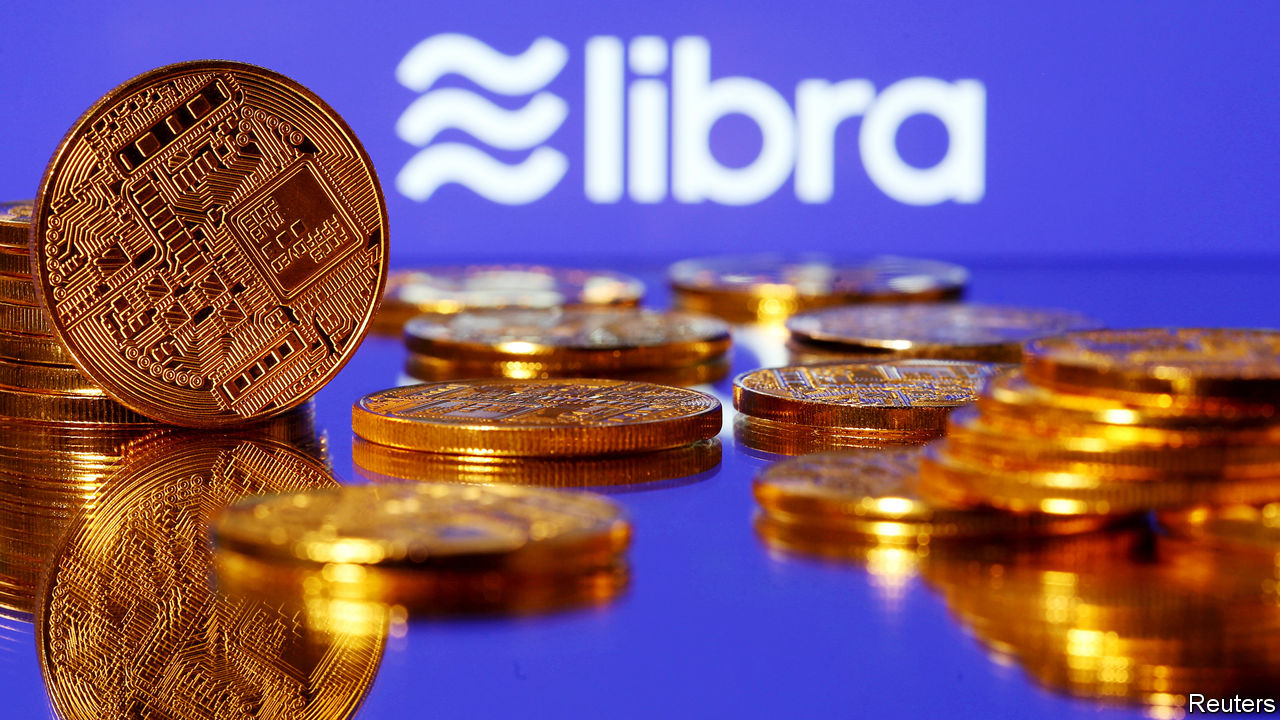

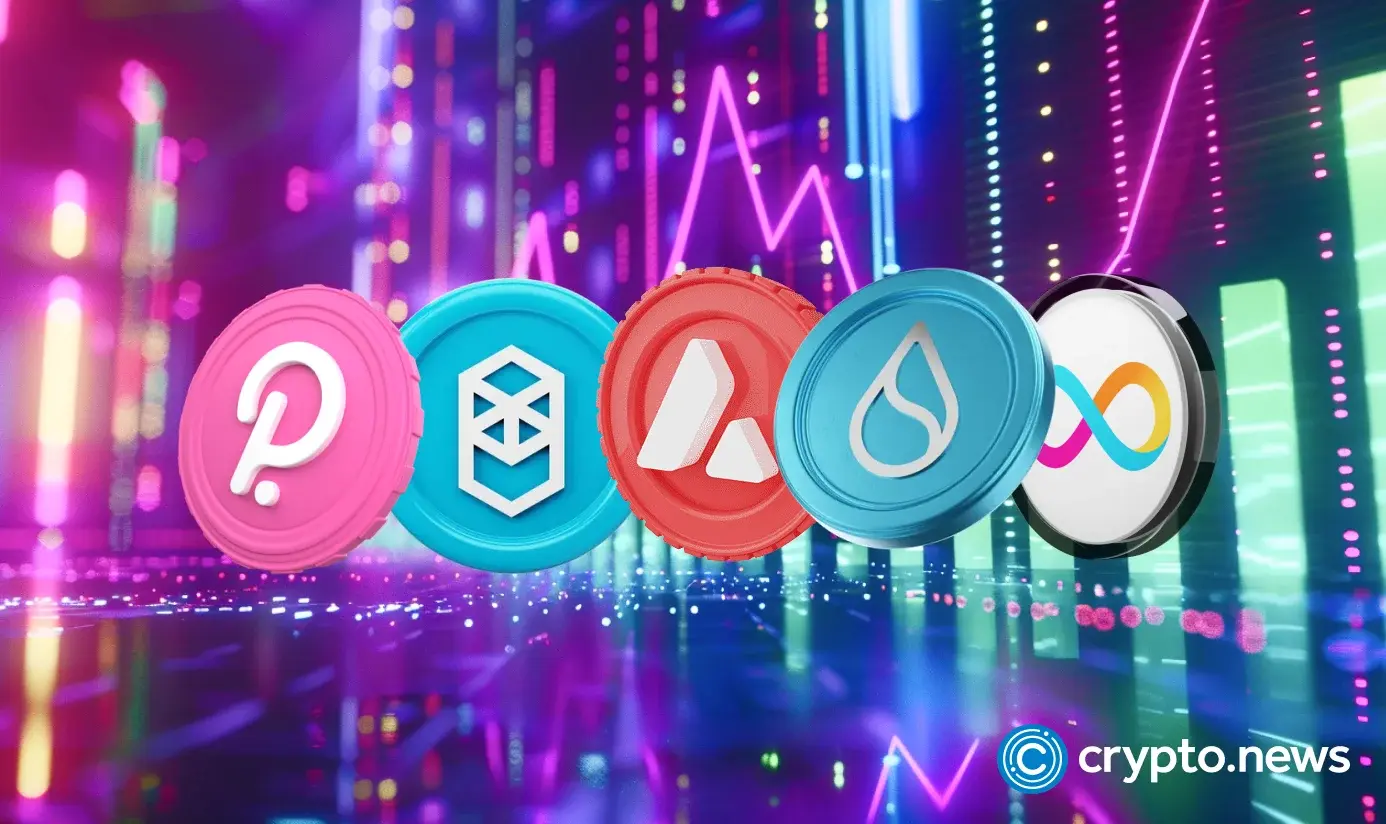



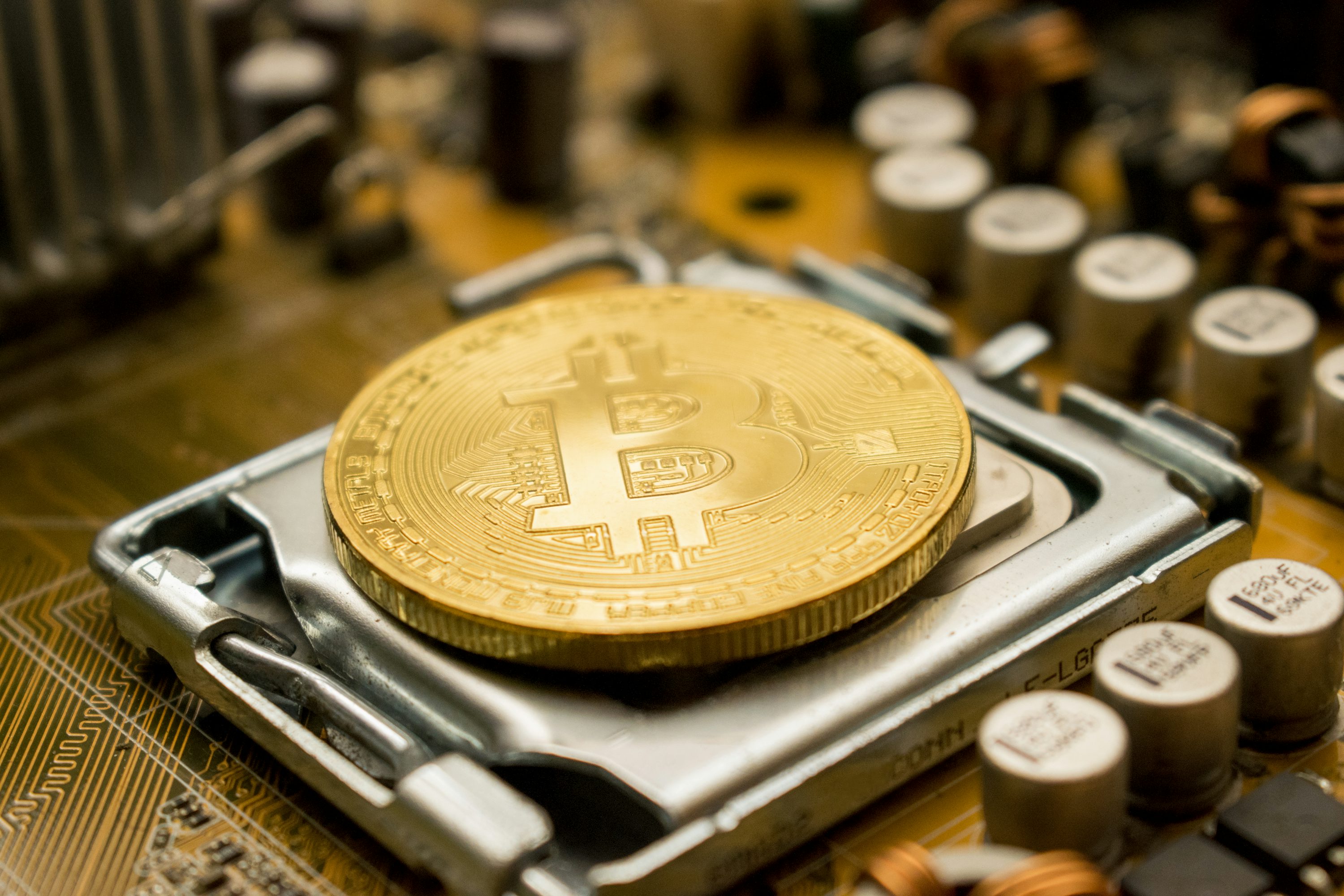
 English (US) ·
English (US) ·